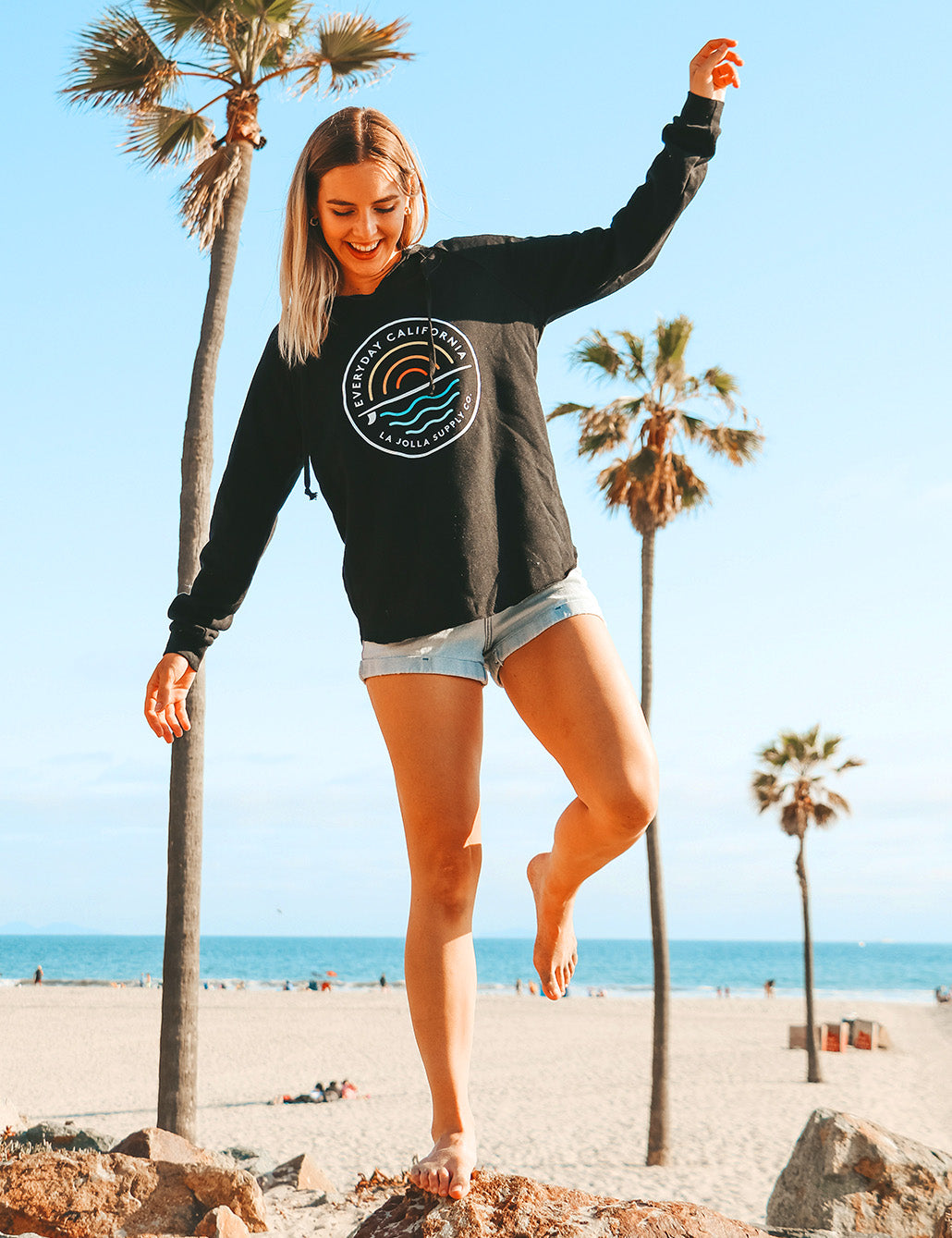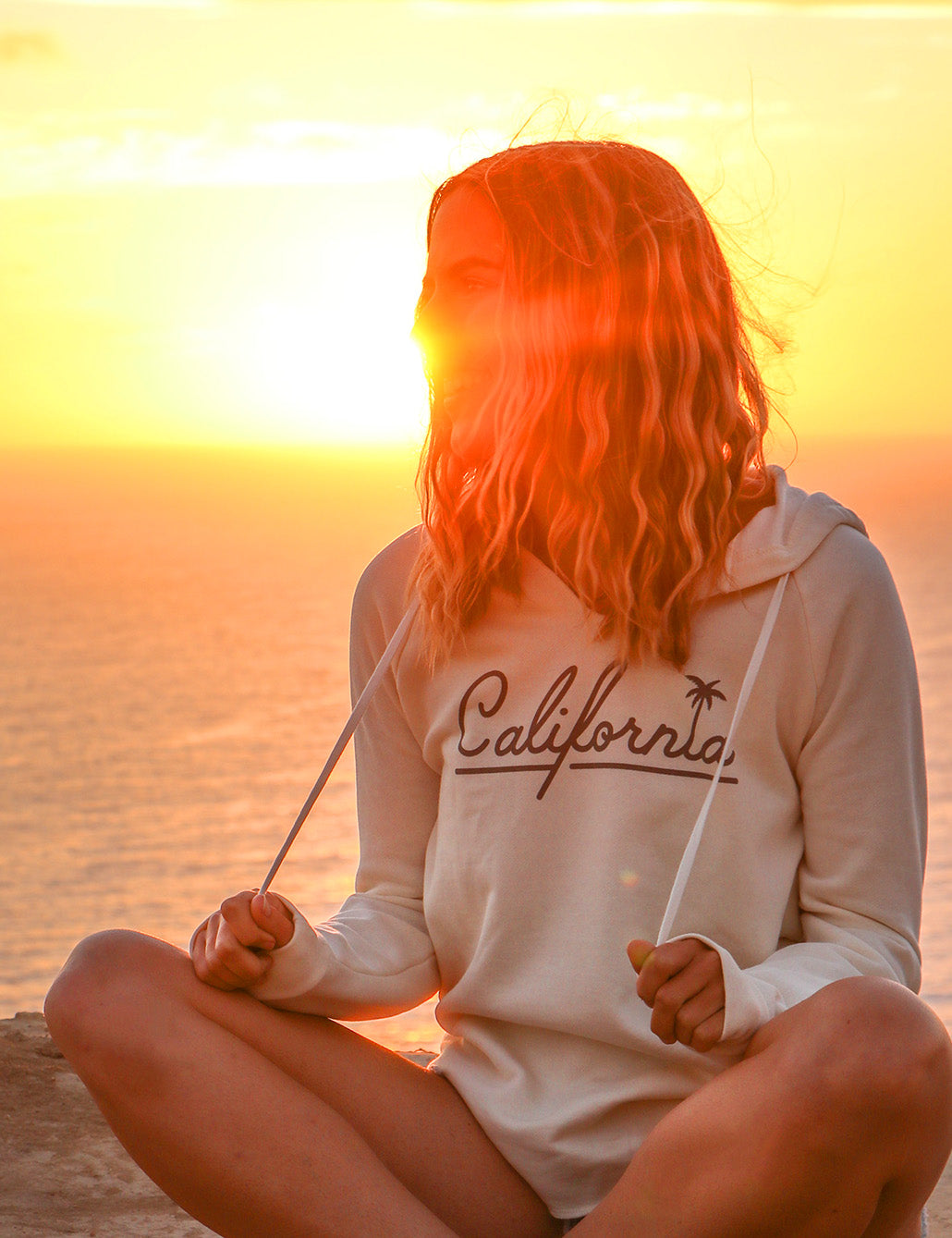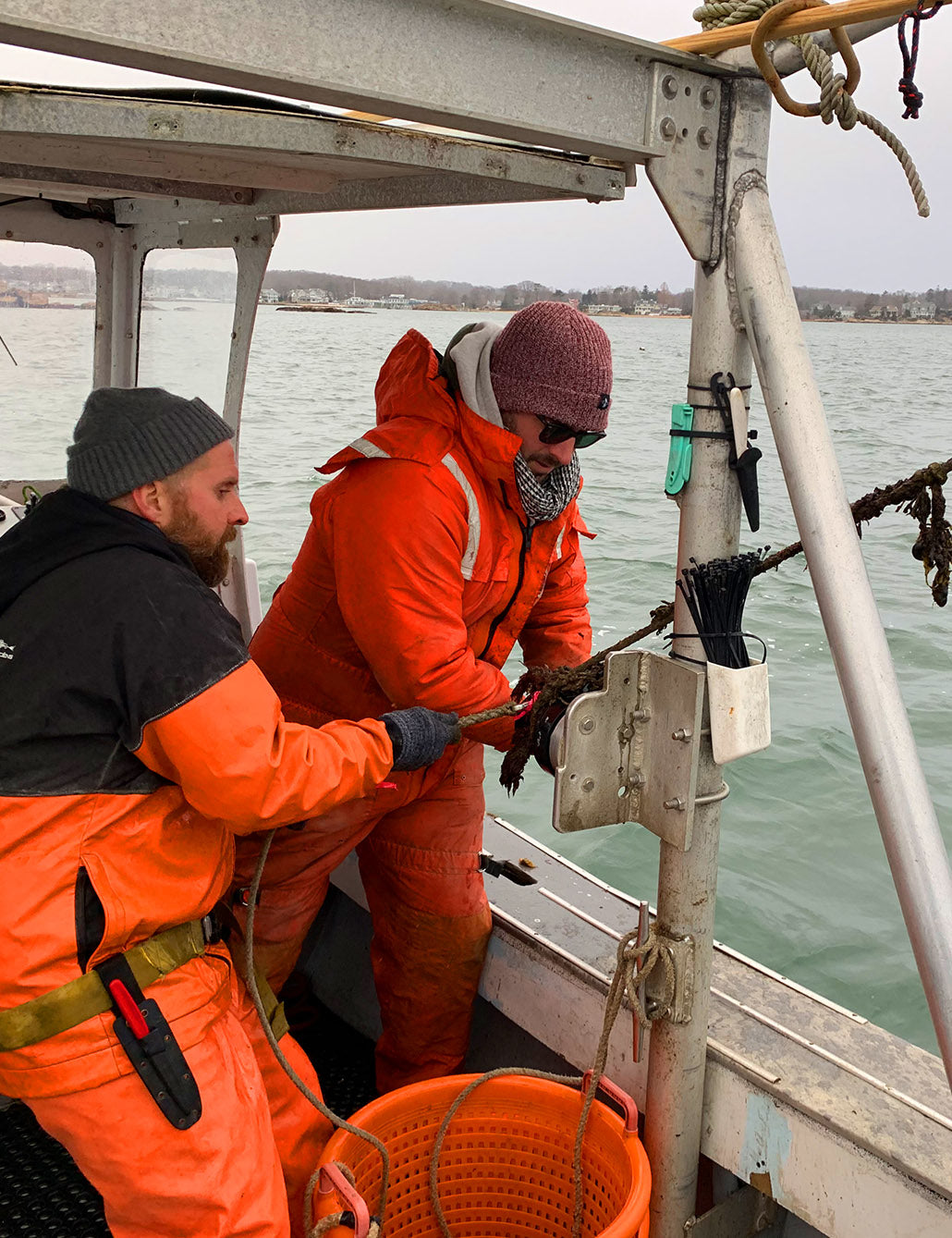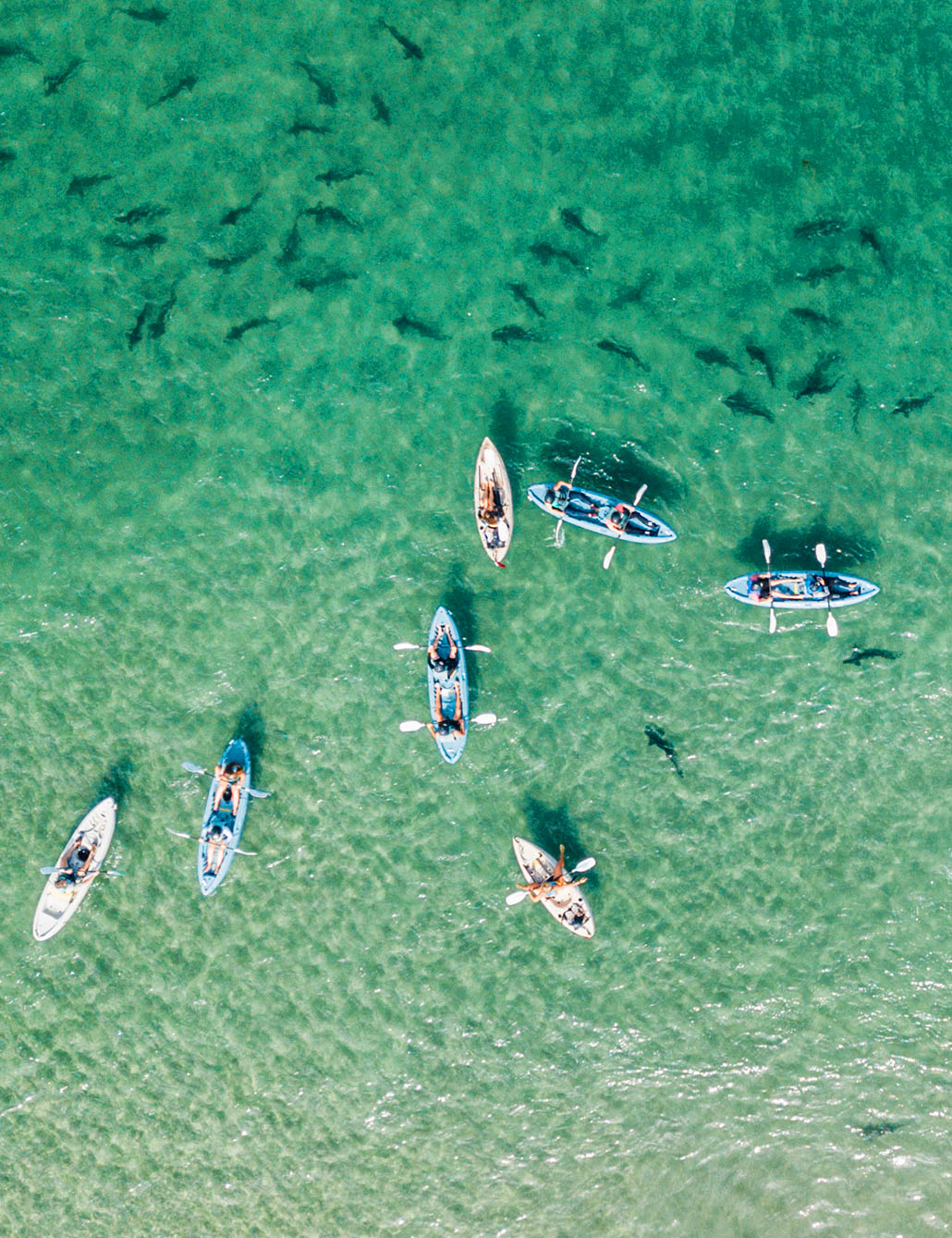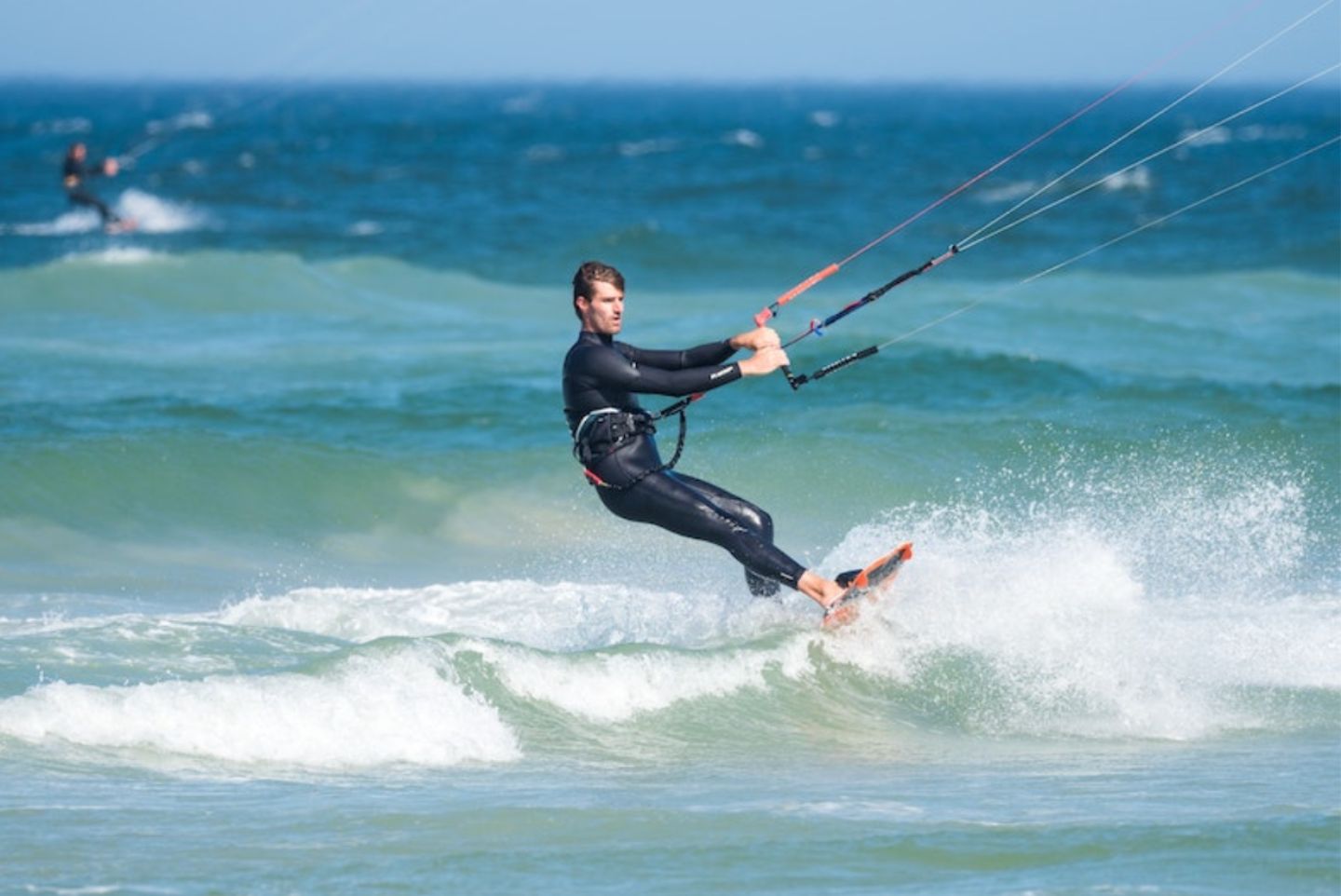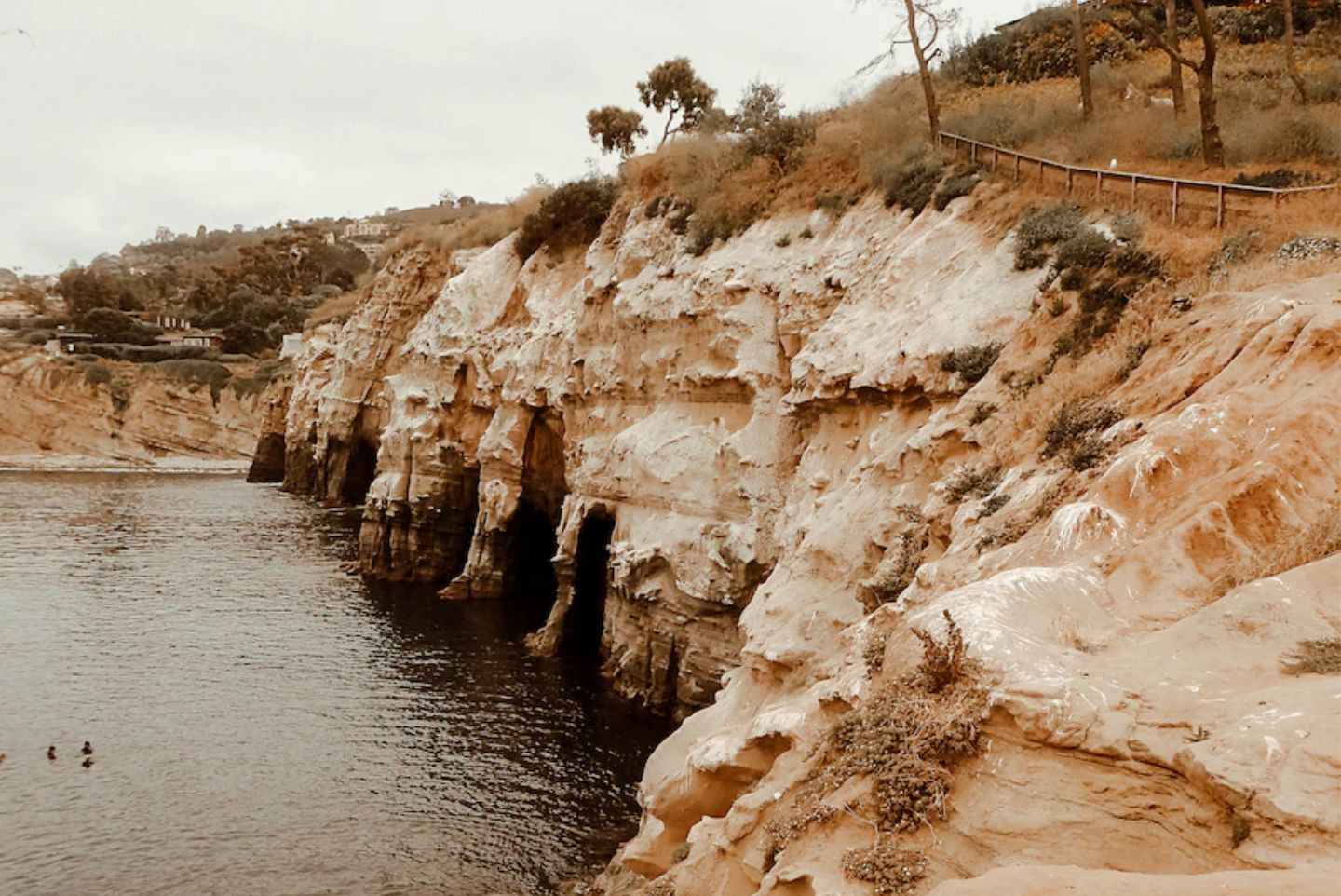How to Choose a Wetsuit
There’s nothing more refreshing than taking a dip in nice, warm, salty water while the sun is out. But what if the water isn’t warm but rather very cold, which would make an activity such as surfing not as enjoyable? After all, no one likes getting out of the water and shivering due to how cold they are.
That’s where wetsuits come in. Wetsuits are used in a wide range of applications and situations, the most common of which are surfing and diving. They provide much-needed warmth when the water is cold and protection against scratches, not to mention the ability to prevent jellyfish stings.
In this guide, you’ll learn how to choose a wetsuit based on various wetsuit characteristics such as thickness, size, entry system, seams, and more.
Choosing the Right Wetsuit
Wetsuits come in many shapes and sizes, which can make the selection process difficult for people who have never worn one in the past. Choosing the right one is essential since it’ll directly influence your overall experience in the water, no matter what you’re doing.
There are a few primary characteristics that you should look out for when choosing wetsuits; each of them defines when and where the wetsuit should be used. These are:
-
Wetsuit Type
-
Wetsuit Thickness
-
Wetsuit Fit
-
Wetsuit Seams
-
Wetsuit Entry System/Zippers
So, let’s look at these factors in more detail:
Wetsuit Type
There are 5 primary types of wetsuits you can choose from, with one additional piece that isn’t exactly part of the wetsuit. The additional piece is called the ‘rashguard’ and is usually a light shirt made out of UV-resistant materials (such as lycra). It protects the wearer against sand & sun and is worn as the first layer of clothing to prevent irritation and rashes that could occur from wearing bare neoprene on your skin.
As for the wetsuit types themselves, they’re mainly categorized by length, cut, and sleeve style. They are as follows:
Full Wetsuits: Full wetsuits cover the entire body besides the hands, feet, and head. They are the most common type of wetsuit you can get. They come in many different thicknesses and are made for various water temperatures. There are also hooded full suits that are great if you want head protection as well.
Springsuits/Shorty Wetsuits/Short Johns/Shorties: Shorties are a lightweight form of full wetsuit where the sleeve doesn’t go below the elbow, and the legs don’t go below the knee. They are also made from thinner neoprene and are primarily used in warmer waters.
Long John/Jane Wetsuits: Long johns are also made from thinner neoprene and are also meant for warm water recreation, but they feature full-length legs and no material at the arms. Since your arms won’t be covered, care is needed when the sun is at its peak in the sky (around midday) and is emitting high UV radiation.
Tops: Tops (also includes vest-style wetsuit tops) are predominantly used for warm water sports but can also be applied as an additional layer (under a full wetsuit) for cold water activities for added warmth. They are also made from relatively thin neoprene.
Bottoms: Neoprene leggings, shorts, or pants are generally used in warmer waters. These are the ‘least’ flexible wetsuit type since they’re made from very thin neoprene.
Wetsuit Thickness
Neoprene thickness is the primary contributor to how much warmth you’ll get from your wetsuit. Wetsuit thickness can range from 0.5mm (for warm water) to more than 9mm (for very cold water). In most cases, you won’t see just one number (like 2mm) but rather two or even three.
These numbers all represent something. Let’s take an example of a wetsuit that has a thickness of 3/2mm and explain each number in detail.
3mm (1st number) - This number represents neoprene thickness in the torso area.
2mm (2nd number) - This number represents neoprene thickness in the extremities (or just the legs if there’s a third number).
(3rd number) - If it exists, this number represents neoprene thickness in the arms.
Wetsuits will almost always have thicker neoprene in the torso area to keep your core temperature under check, but also because there isn’t muscle movement there while you’re in the water. You use your hands and legs a lot, hence why the neoprene there is thinner.
Wetsuit Fit

This isn’t necessarily a ‘characteristic’ of wetsuits, per se, but it is an important factor that you should consider when choosing a wetsuit.
Once you try the wetsuit, it should feel snug on your skin but not too tight. You can check this by moving around and attempting to touch your toes. If at any point it feels too tight and limiting your range of motion - it’s too small.
However, it shouldn’t be loose either. A loose wetsuit is problematic because water will be able to enter the wetsuit, and it won’t keep you warm for long after that. This is commonly referred to as ‘flushing’.
Basically, if it feels like you’re wearing nothing, then the size is right!
Wetsuit Seams
Wetsuit seams are pretty straightforward in terms of the choices you have. There are two types: Flat and Glued & Blind-stitched.
Flat seams are more comfortable and usually won’t leave marks on your body once you take off the wetsuit.
Glued & Blind-stitched seams aren’t as comfortable but are more durable than flat seams.
Some suits come with ‘sealed seams’ which is just a fancy term for liquid glue that is poured over flat or glued & blind-stitched seams to waterproof them fully.
The choice boils down to whether you want to feel more comfortable or have your wetsuit last longer.
Wetsuit Entry System
Wetsuit entry systems actually play a big role in which situations they are used best and for which skill level they are primarily used.
There are three main entry systems that wetsuits use:
Back Zip: Back zip systems are the most traditional method of entry. The zipper goes from the bottom back of the neck to slightly above the hips. The zip style doesn’t require a mate to help you get in the wetsuit.
They’re perfect for beginners and surfing newbies because they’re easy to get into and are generally the most durable. However, this durability comes at a cost of stretching and flexibility due to the zipper size. On top of that, they’re more prone to flushing.
Chest Zip: The chest zip has become the most popular type of wetsuit entry system because it’s a great mix of what back zips and zip-free systems offer. Wetsuits with this entry system feature a zipper going horizontally across the front of the wetsuit where you’ll attach a protective panel that will go over your head. This style provides more flexibility in the shoulders and less flushing because of the zip’s position and length.
Zip-Free: Zip-free systems feature overlapping panels that act as a seal, replacing the need for a zipper. These wetsuits are predominantly aimed at experts since they provide the most performance and competition capabilities.
They are difficult to get in but offer maximum stretch and minimal flushing. On the other hand, they’re less durable than wetsuits with zippers due to the amount of stretching the suit goes through each time you put it on or take it off.
Temperature & Thickness Guide
Now that we’ve covered all the aspects of a wetsuit, here’s a helpful guide to aid you in choosing the right wetsuit for your needs.
Water Temp |
Best Wetsuit Type |
Wetsuit Thickness |
Seam Type |
>72°F |
Rashguard/Lycra Shirt |
/ |
/ |
65°-75°F |
Shorty/Top |
0.5mm - 2/1mm |
/ |
62°-68°F |
Full Suit/Shorty |
2mm - 3/2mm |
Flat |
58°-63°F |
Full Suit & Boots |
3/2mm - 4/3mm |
Glued & Blindstitched |
52°-58°F |
Full Suit & Boots & Gloves & Hood |
4/3mm - 5/4/3mm |
Glued, Blindstitched & Taped |
43°-52°F |
Full Suit & Boots & Gloves & Hood |
5/4mm - 5/4/3mm |
Glued, Blindstitched & Taped |
<42°F |
Full Suit & Boots & Gloves & Hood |
6/5mm + |
Glued, Blindstitched & Taped |


